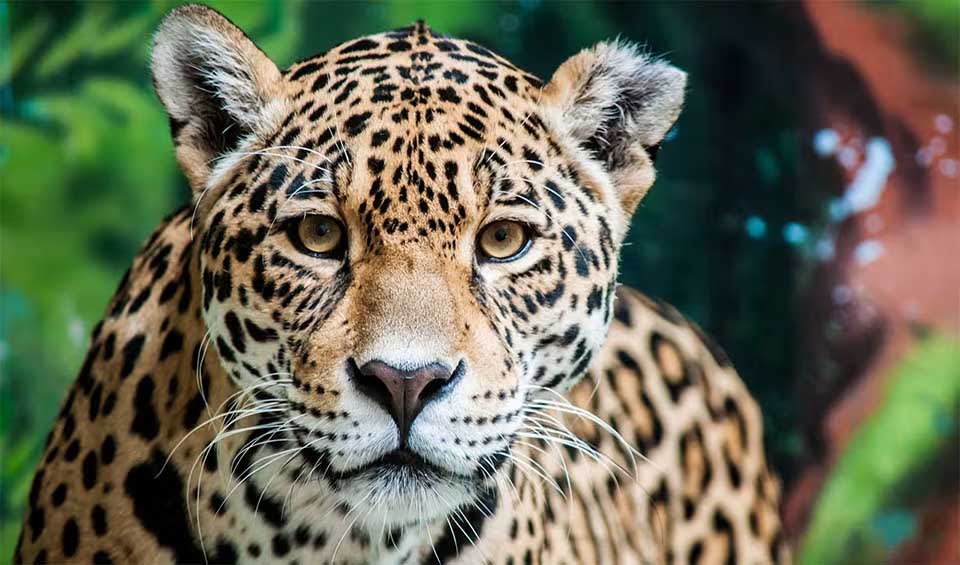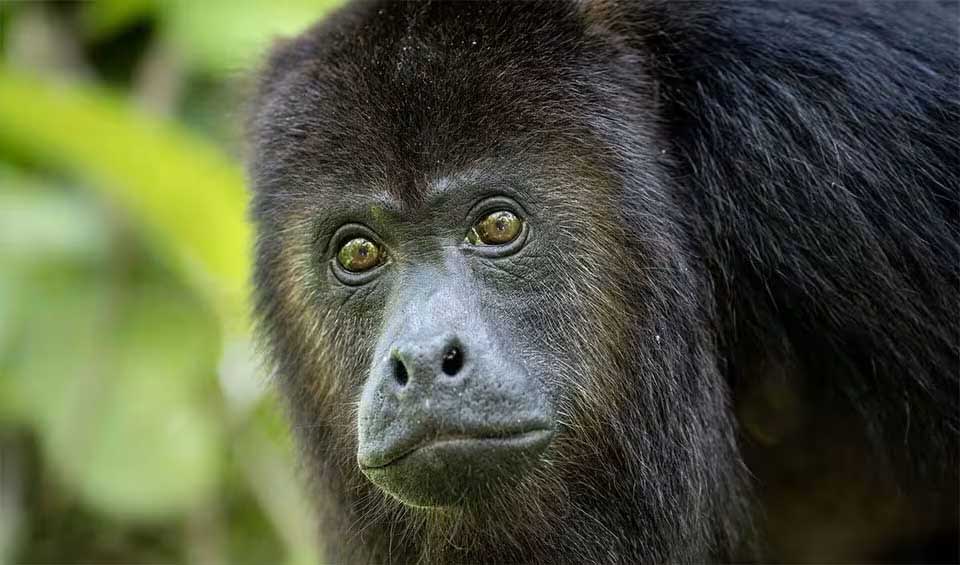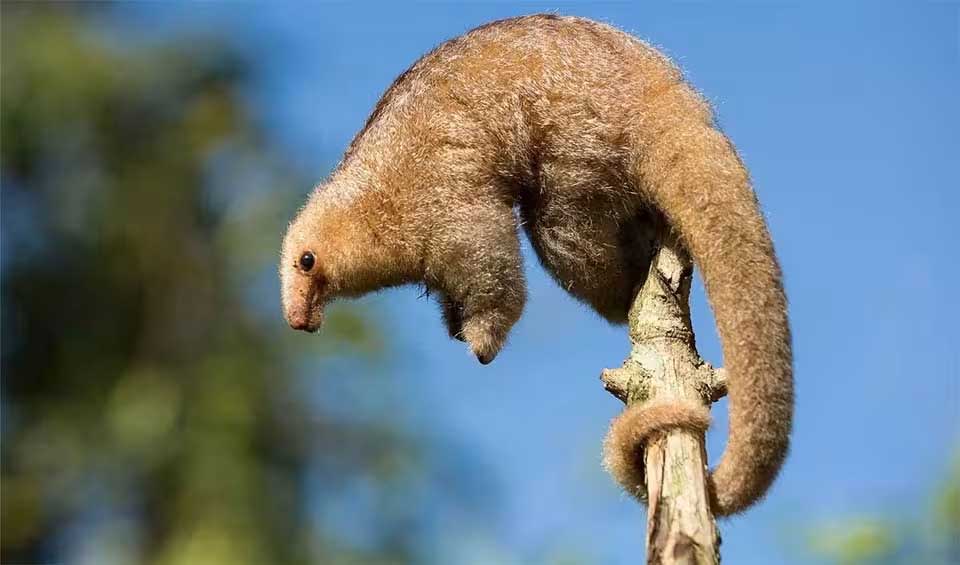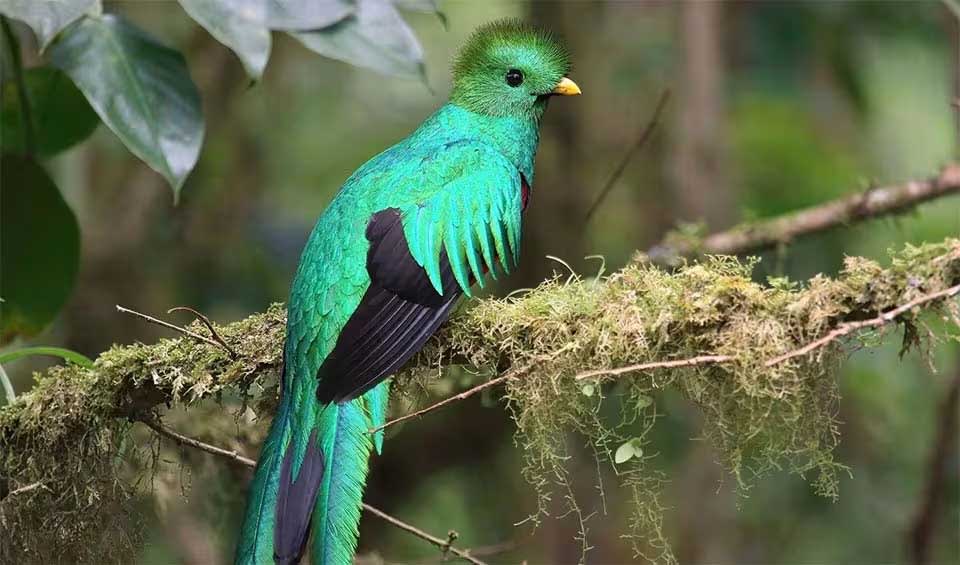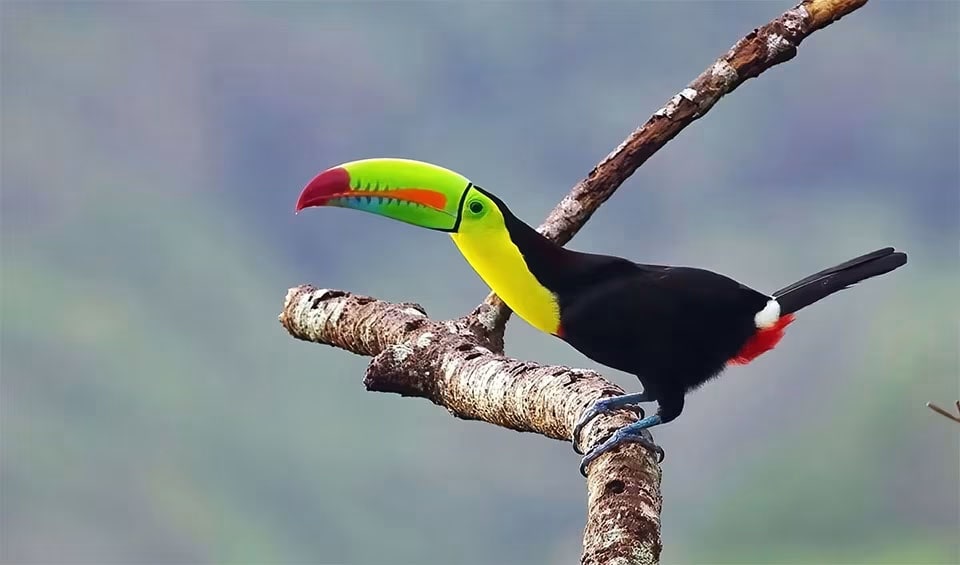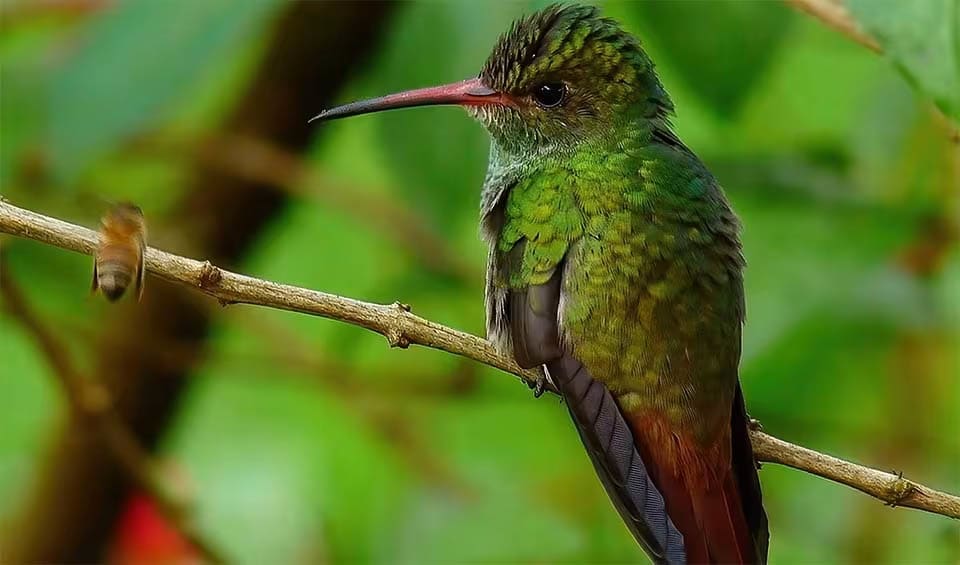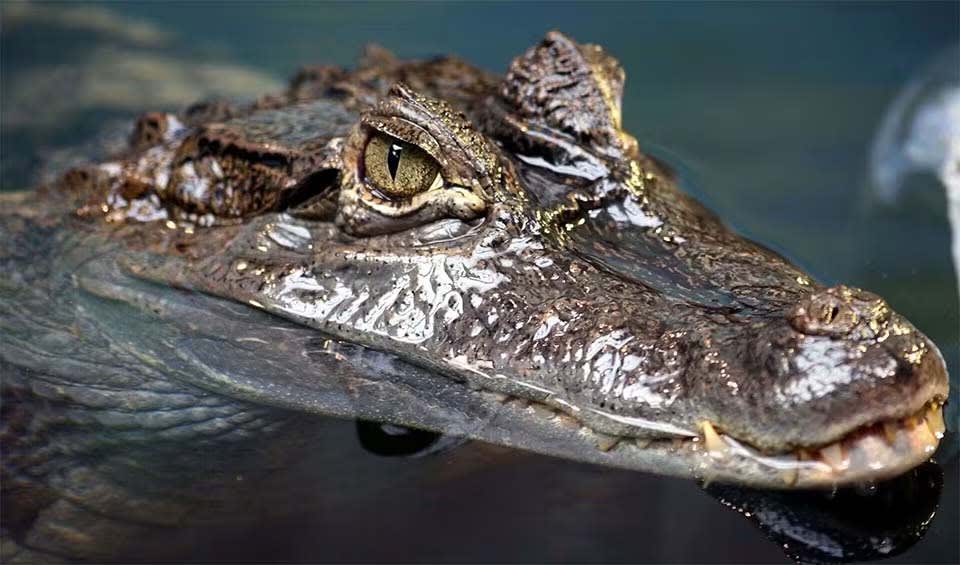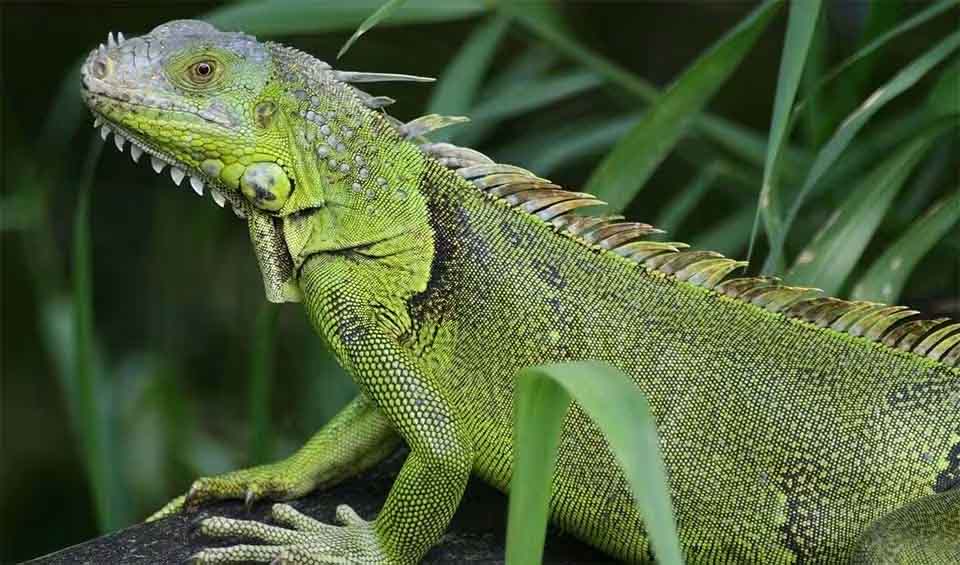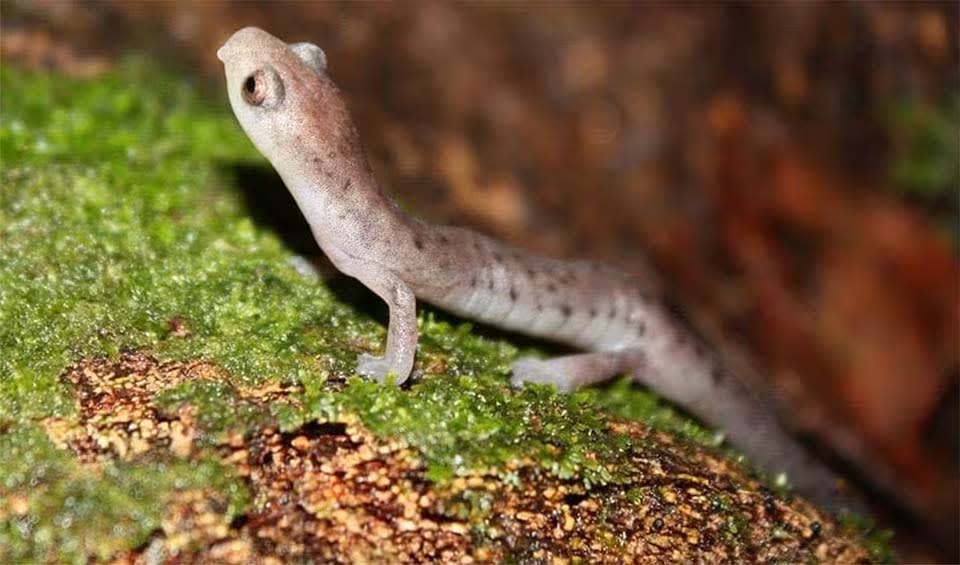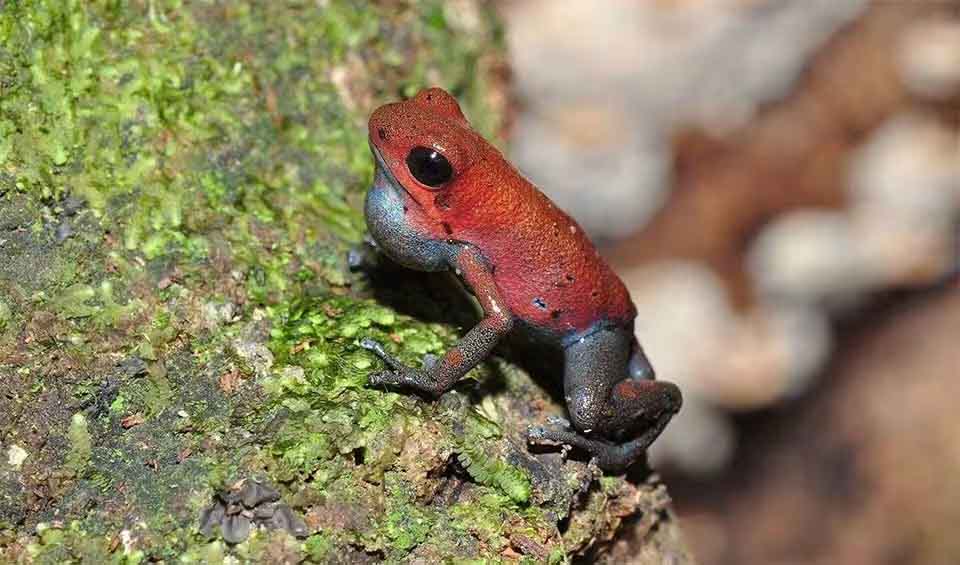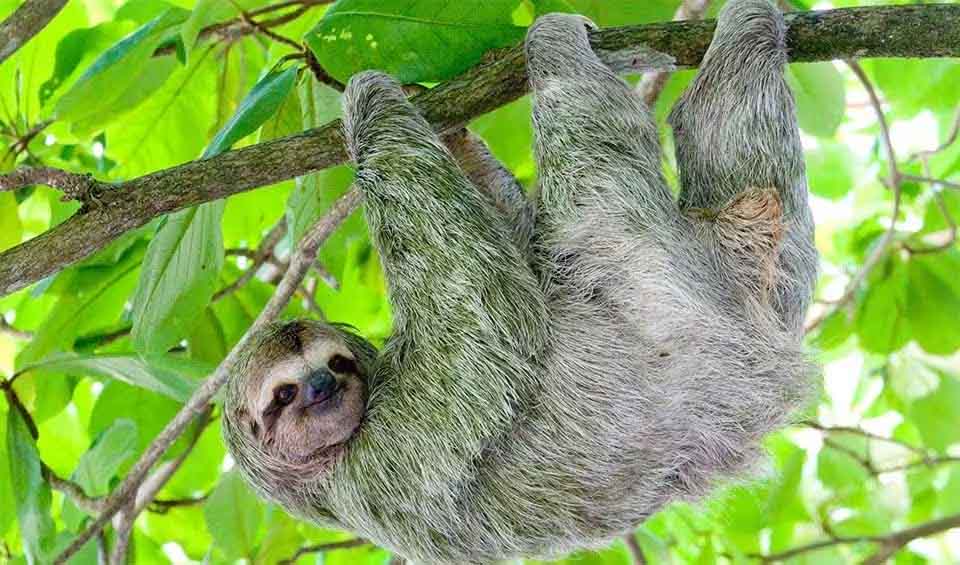Costa Rica, located in Central America, is bordered by Nicaragua to the north and Panama to the southeast, with coastlines along the Pacific Ocean to the west and the Caribbean Sea to the east. The country covers an area of about 51,100 km² (19,730 mi²). Despite its small size, Costa Rica boasts incredibly diverse landscapes, including lush rainforests, volcanic mountain ranges, fertile valleys, and extensive coastlines.
Costa Rica is renowned for its rich biodiversity, which is among the highest in the world. The country is home to more than 500,000 species, representing about 5% of the world’s total biodiversity. Its various ecosystems, from tropical rainforests and cloud forests to mangroves and coral reefs, support a vast array of wildlife. Iconic species include jaguars, sloths, and the resplendent quetzal. Costa Rica’s marine environments are equally diverse, with vibrant coral reefs, sea turtles, dolphins, and numerous fish species inhabiting its waters.
Four pillars elaborated:
Costa Rica’s remarkable biodiversity is overseen by the Ministry of Environment, Energy, and Technology (MINAET), which entrusts the National System of Conservation Areas (SINAC) with the responsibility of preserving, managing, and promoting the country’s ecological wealth in a sustainable manner. Costa Rica stands as a world leader in conservation, with more than a quarter of its land area dedicated to protected zones. Among these are 28 national parks, 58 wildlife refuges, 32 protected zones, 15 wetland areas and mangroves, 11 forest reserves, and 8 biological reserves. Land Management
Land Management
This steadfast dedication to conservation has garnered Costa Rica widespread acclaim and international recognition as a frontrunner in environmental protection. As a signatory to various environmental treaties and recipient of numerous awards, Costa Rica’s commitment to safeguarding its natural heritage remains steadfast and exemplary on the global stage.generations.
The principal direct threats to biodiversity highlighted in the fourth national report from 2009 continue to exert significant pressure on ecosystems today. These ongoing challenges include habitat loss due to changes in land use, such as deforestation and urbanization, which disrupts natural habitats and diminishes biodiversity. Unsustainable mining practices and overexploitation of resources further exacerbate the strain on ecosystems, depleting natural resources and disrupting ecological balance. Pollution and sedimentation, stemming from various human activities, continue to degrade habitats and threaten the survival of species. Threats to Biodiversity
Threats to Biodiversity
Additionally, the escalating impacts of climate change pose a growing threat, with rising temperatures, shifting weather patterns, and extreme events altering ecosystems and endangering vulnerable species. These persistent pressures underscore the urgent need for proactive conservation measures and sustainable resource management practices to mitigate further biodiversity loss and safeguard ecological integrity for future generations.
Costa Rica has made significant strides in biodiversity conservation through legislative and institutional measures. Since adopting the Biodiversity Law in 1998, the country has developed a comprehensive Biodiversity Policy and enacted several related laws and regulations, including those concerning wildlife conservation, forests, wetlands, marine protected areas, and fisheries. Institutional restructuring, such as the establishment of the National Council of the Sea and the reorganization of the Ministry of Environment and Energy, has further enhanced conservation efforts. Capacity and Governance
Capacity and Governance
Additionally, manuals for land classification and the declaration of specific areas, like Golfo Dulce, for responsible fisheries, underscore Costa Rica’s commitment to sustainable resource management. Despite these achievements, challenges remain in operationalizing institutional linkages and prioritizing conservation efforts.
Costa Rica’s pioneering Decarbonization Plan for 2050 stands as one of the earliest initiatives of its kind globally, showcasing the nation’s commitment to addressing climate change. This proactive stance underscores Costa Rica’s recognized leadership in climate action, a role further emphasized by its co-leadership of the High Ambition Coalition for 30×30 goals aimed at preserving nature. By spearheading such efforts, Costa Rica not only demonstrates its dedication to reducing carbon emissions but also advocates for ambitious global conservation targets, aligning with its longstanding reputation as a champion of environmental sustainability on the international stage. Future Trends
Future Trends
Biodiversity
Costa Rica, a small but ecologically rich country in Central America, is renowned for its exceptional biodiversity and varied ecosystems. The country’s diverse landscapes include tropical rainforests, cloud forests, dry forests, mangroves, and extensive coastal and marine environments. Despite its small size, Costa Rica is home to approximately 5% of the world’s biodiversity. Its tropical rainforests are teeming with wildlife, particularly in areas like Corcovado National Park on the Osa Peninsula and Tortuguero National Park on the Caribbean coast. These lush forests are home to species such as ocelots, Baird’s tapirs, and several types of monkeys, including the howler monkey, spider monkey, and capuchin monkey. Birdlife is incredibly diverse, with over 900 species recorded, including the scarlet macaw and keel-billed toucan. These rainforests also host a rich variety of plant life, including numerous species of orchids, bromeliads, and towering trees like the ceiba and kapok.Costa Rica’s coastal and marine environments are equally vibrant. The country’s Pacific and Caribbean coasts feature extensive coral reefs, mangrove forests, and seagrass beds, which are critical habitats for marine life. The coral reefs, particularly around Cocos Island and the southern Pacific coast, are rich in marine biodiversity, hosting species such as sharks, rays, and many colorful fish. The mangroves and seagrass beds provide nurseries for fish and other marine organisms, supporting the health of coastal ecosystems. The waters around Costa Rica are also important for migratory species like humpback whales and dolphins.
In the table below are the number of known species in several main groups, how many of these species are Threatened with extinction, and how many of them are Endemic (unique to Costa Rica only):
| Species (World rank) |
Threatened | % Threatened | Endemic | % Endemic | |
|---|---|---|---|---|---|
| Mammals | 256 (#40) | 11 | 4.3% | 7 | 2.7% |
| Birds | 843 (#23) | 24 | 2.8% | 10 | 1.2% |
| Reptiles | 269 (#35) | 12 | 4.5% | 19 | 7.1% |
| Amphibians | 216 (#20) | 61 | 28.2% | 52 | 24.1% |
| Fishes | 1,128 (#32) | 96 | 8.5% | 23 | 2.0% |
| Plants | 11,101 (#29) | 143 | 1.3% | 258 | 2.3% |
mammals
Jaguar
This solitary cat is America’s largest feline and the world’s third, after the tiger and the lion
Mantled howler
One of the loudest monkeys in the world!
Silky anteater
Also known as pygmy anteater, they are the smallest and most adorable of their insect-eating kind
birds
Resplendent quetzal
This beauty, also known as the “God of the air”, is the national bird of Guatemala and its official currency!
Keel-billed toucan
The national bird of Belize, this majestic bird will make your head turn
Rufous-tailed hummingbird
Like many of us, this bird loves coffee and feeds on its flowers
reptiles
Spectacled caiman
You might get the worst scare of your life if you see the crimson glow in the eyes of these creatures at night
Black wood turtle
The largest of all wood turtles
Green iguana
From the US down to Brazil, this trans-American lizard is the most common iguana
amphibians
Red-eyed tree frog
A charismatic frog is known for its beauty which can often be seen on all sorts of artwork throughout the world
Alvarados salamander
Their webbed feet and slender limbs are ideal for climbing, enabling them to thrive in diverse microhabitats
Strawberry poison dart frog
Don’t mistake this creature for a juicy strawberry, as this is the most toxic member of its genus
National Animals
Brown-throated sloth
Cute but lazy species harmlessly sleep in the trees for 14 to 16 hours a day
